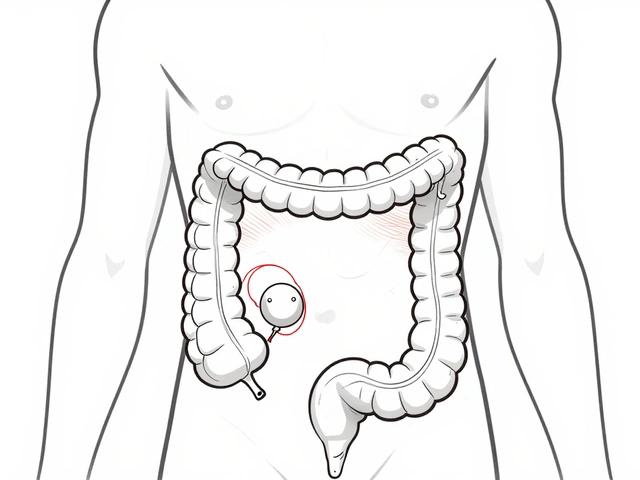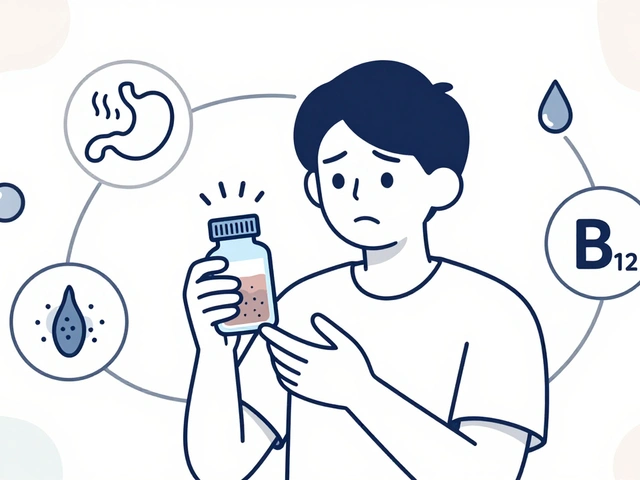Bioavailability – Why It Matters for Your Meds and Supplements
Ever taken a pill and wondered if it actually works? Bioavailability tells you exactly that – how much of what you swallow gets into your bloodstream and does its job. If only a tiny slice reaches the target, you might not see the benefit, even if the dose looks right on the label.
Understanding bioavailability helps you choose the right form, timing, and combination for any product you use. Below we break down the main factors that swing absorption up or down, and give you practical tips you can start using today.
What Pushes Bioavailability Up or Down?
First up, the food you eat. Some drugs love a full stomach – fat can dissolve a lipophilic medication, letting it slip through the gut wall easier. Others hate food and get broken down faster when you eat. Always check the label: “take with food” or “take on an empty stomach” isn’t just a suggestion, it’s a bioavailability hack.
Second, the form of the product. A liquid or sublingual spray bypasses the gut and can hit the blood faster than a tablet. On the flip side, a chewable gummy might release its active ingredient slowly, which can be good for steady supply but lower peak levels.
Third, your gut health. Inflammation, low stomach acid, or an imbalanced microbiome can choke absorption. Conditions like celiac disease or chronic diarrhea often shave off a big chunk of the dose before it even reaches the bloodstream.
Lastly, other meds and supplements can clash. Calcium, iron, and certain antacids are notorious for binding to antibiotics and thyroid meds, making the latter barely usable. Always scan for known interactions before you stack multiple products.
Simple Ways to Boost Bioavailability Right Now
1. Follow timing instructions. If a label says “take with food,” pair the pill with a small healthy snack that has some fat – think avocado toast or a handful of nuts. If it says “fasted,” wait at least 30 minutes after waking or 2 hours after a meal.
2. Choose the best form for your goal. For quick relief, a lozenge or spray can be a game‑changer. For long‑term support, a timed‑release tablet might be better.
3. Fix gut issues. Incorporate probiotic foods like yogurt or kefir, and consider a low‑dose digestive enzyme if you suspect low stomach acid. Even a short course of a gentle fiber supplement can smooth the ride for nutrients.
4. Avoid known binders. Keep calcium‑rich dairy and iron supplements separate from antibiotics or thyroid hormone pills by at least 2‑4 hours.
5. Stay hydrated. Water helps dissolve many compounds and moves them through the intestines. Aim for a glass of water with each dose unless the label warns otherwise.
By tweaking these simple habits, you can squeeze more benefit out of every dose, whether it’s a prescription, an over‑the‑counter supplement, or a functional food.
Got a specific product you’re curious about? Check the “bioavailability” tag on our site for deep dives on each medication and supplement. You’ll find breakdowns of how they’re absorbed, what to watch for, and the best ways to get the most out of them.



